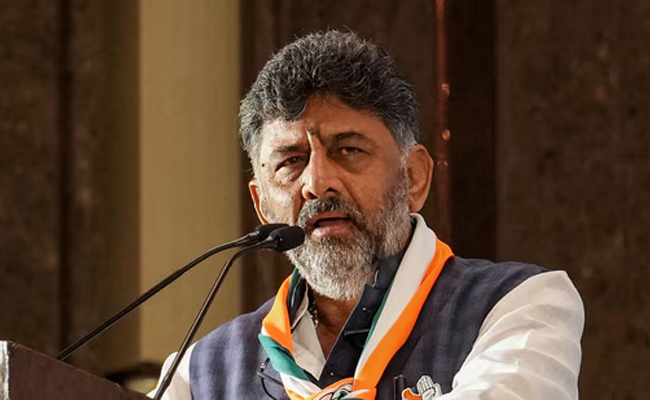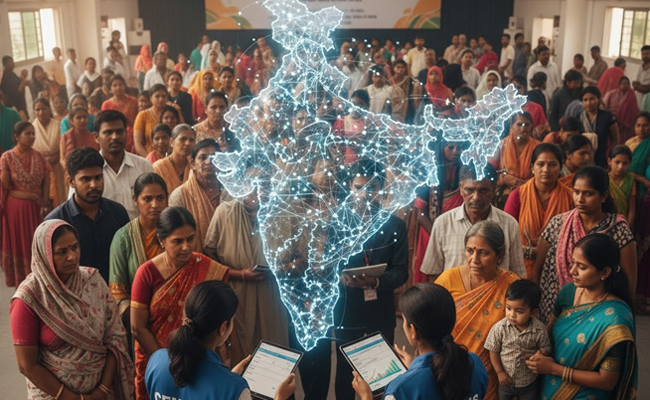Belagavi (PTI): A Jain monk who went missing two days ago from his ashram in a village in the district was allegedly murdered, police said on Saturday.
Two people have been detained in connection with the case.
Acharya Sri Kamakumara Nandi Maharaj was staying at Nandi Parvata Jain Basadi for the past 15 years, they said.
"On July 6, manager of the Basadi Bheemappa Ugare lodged a complaint about the missing Jain Muni. We started investigation and detained two people in connection with the case. Our search is on for the body," the officer told PTI.
Inquiry revealed that the Muni used to lend money, he said.
The suspects are said to have borrowed money from him, the officer said.
"Prima facie it appears that the monk was murdered for money related matter," he said.
Let the Truth be known. If you read VB and like VB, please be a VB Supporter and Help us deliver the Truth to one and all.
New Delhi (PTI): Prime Minister Narendra Modi on Saturday termed the mandate received by the BJP-led NDA in the Thiruvananthapuram Corporation a "watershed moment" in Kerala's politics and expressed gratitude to the BJP workers for the "spectacular results".
The Left parties suffered a major setback in the Thiruvananthapuram Corporation, held by them for 45 years, as the BJP-led NDA surged ahead with a huge lead.
Reacting to the civic body results, the prime minister said it is a day to recall the work and struggles of generations of karyakartas (workers) in Kerala, who worked at the grassroots, which ensured today's result became a reality.
"Thank you Thiruvananthapuram! The mandate the BJP-NDA got in the Thiruvananthapuram Corporation is a watershed moment in Kerala's politics," he wrote on 'X'.
PM Modi said the people are certain that the development aspirations of Kerala can only be addressed by the BJP. "Our Party will work towards this vibrant city's growth and boost 'Ease of Living' for the people," he said with the hashtag #VikasitaThiruvananthapuram.
The prime minister said the BJP karyakartas are the strength of the party, and everyone is proud of them.
"My gratitude to all hardworking BJP karyakartas who have worked among the people, which has ensured a spectacular result in the Thiruvananthapuram Corporation," he said.





